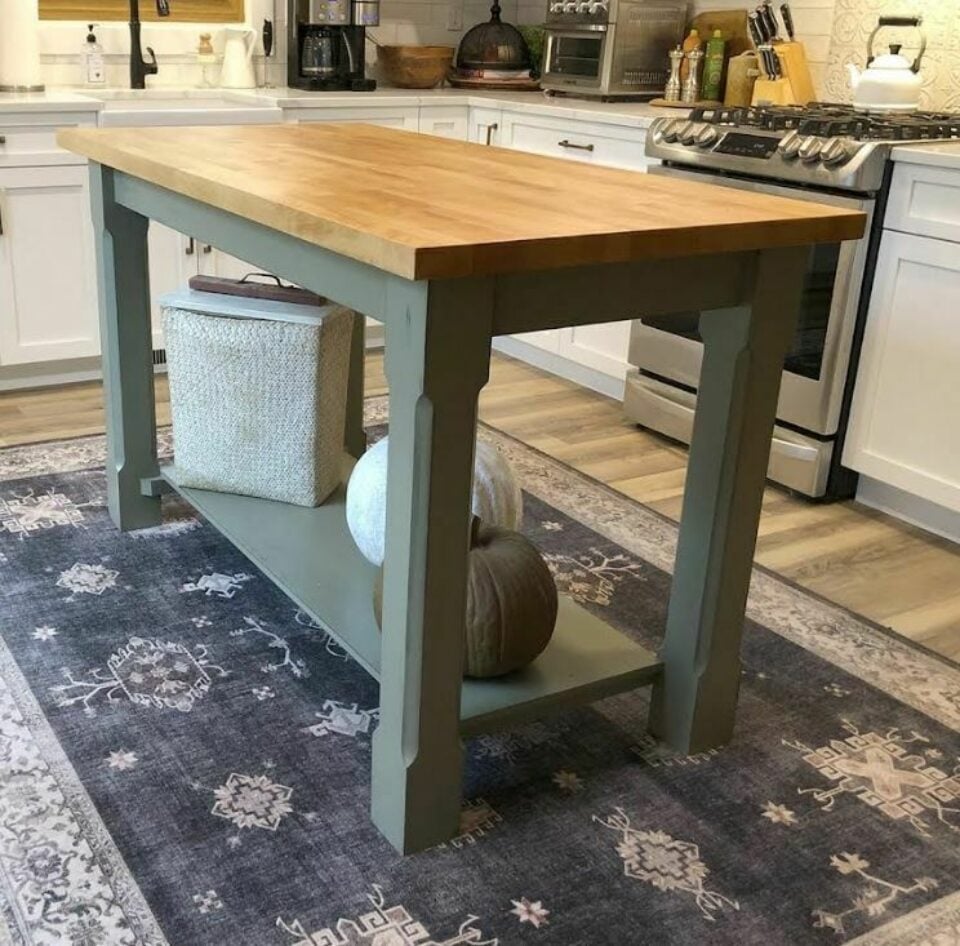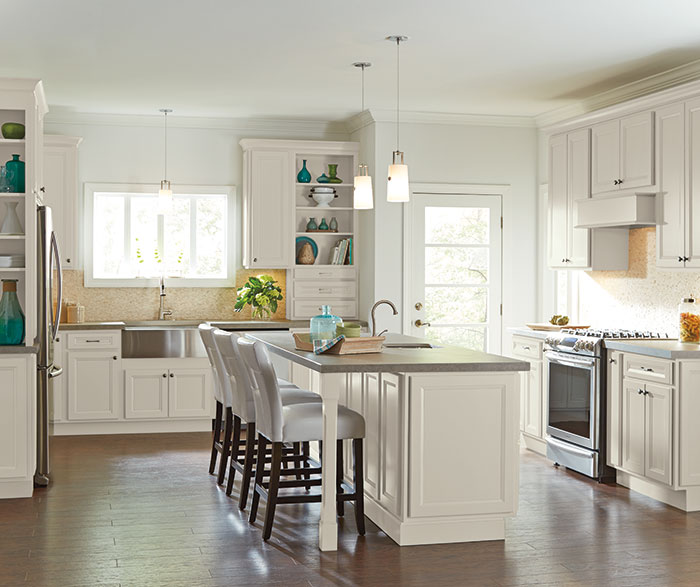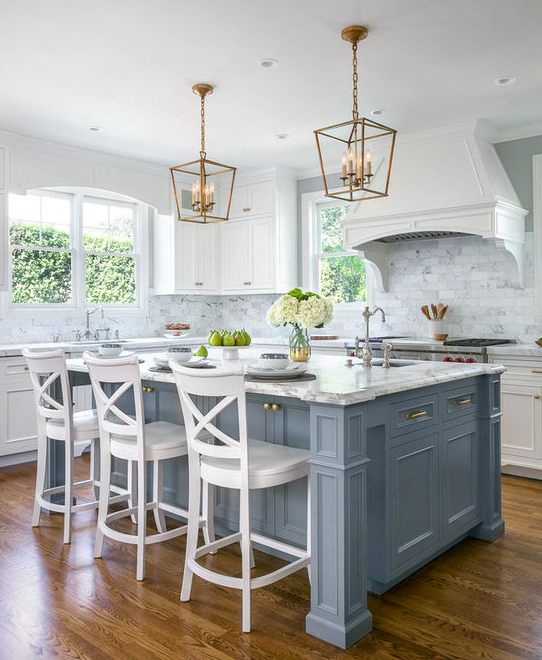The Significance of a Sturdy Cooking Area Island Leg in Developing a Useful Cooking Area
A sturdy cooking area island leg works as a basic part in establishing a functional food preparation setting, providing required support for both the counter top and numerous cooking area tasks. The stability it offers can substantially lower the threat of crashes in high-traffic areas, while also adding to the general aesthetic coherence of the space. As kitchens develop into multifunctional areas for cooking, dining, and interacting socially, the choice of products and layout factors to consider for island legs comes to be significantly essential. Recognizing these components can change your kitchen area into a safer and more efficient area, motivating more expedition into the most effective choices available.
Benefits of Sturdy Island Legs
Supplying important assistance, tough cooking area island legs play an essential duty in boosting the performance and durability of kitchen area islands - kitchen island leg. These legs not just bear the weight of the kitchen counter and any type of additional products positioned on the island, yet likewise add to the general security of the structure. A well-supported kitchen island makes certain that it stays practical and upright, even under hefty use, which is particularly vital in hectic kitchen area environments
Moreover, sturdy island legs can boost the aesthetic charm of the cooking area. They offer a strong framework that can complement numerous layout styles, from modern-day to conventional. This flexibility allows homeowners to tailor their kitchen islands according to personal taste while making certain that the structural stability continues to be uncompromised.
In enhancement to their supportive duty, durable kitchen island legs can also enhance security. Inevitably, spending in strong kitchen area island legs is necessary for a practical and visually pleasing cooking area.
Products for Kitchen Area Island Legs
When choosing materials for kitchen island legs, sturdiness and aesthetic appeal are critical variables to take into consideration. The most usual products include wood, metal, and engineered timber, each offering distinct advantages.
Wood, such as maple, oak, or cherry, is a classic selection as a result of its strength and classic charm (kitchen island leg). It can withstand substantial weight and is resistant to put on, making it optimal for high-use kitchen atmospheres. Additionally, wood can be tarnished or repainted to complement different kitchen designs
Steel legs, typically crafted from stainless steel or functioned iron, provide a modern-day and industrial appearance. They are extremely solid and can support considerable loads while being immune to dampness and warm, which is advantageous in a cooking area. Steel legs can also be conveniently cleaned up, boosting their functionality.

Design Considerations for Stability
The selection of products for cooking area island legs directly affects the style considerations for security. When designing a kitchen island, it is vital to assess the weight-bearing ability of the chosen products. Heavier materials, such as strong wood or steel, generally give higher stability, specifically under the tension of day-to-day use.
Furthermore, the leg layout should include proper geometry to improve security. A wider base boosts the assistance area, lessening the threat of read this post here tottering or tipping. Factor to consider ought to likewise be offered to the height of the legs; disproportionate leg sizes can lead to imbalance, jeopardizing the general security of the island.
In addition, the distribution of weight across the island is vital. Ensuring that the leg placement lines up with the heaviest elements, such as kitchen counters and appliances, will certainly better boost stability.
Maintenance Tips for Durability

Cleaning is another vital aspect of maintenance. Depending upon the product of the legs-- whether timber, metal, or composite-- suitable cleansing methods need to be utilized. For wood view website legs, a gentle clean with a suitable wood and a moist fabric cleaner will certainly aid protect their surface. Steel legs might call for a light gloss to avoid rust and preserve their appeal.
Additionally, tightening screws and bolts routinely can guarantee stability and avoid wobbling. If the kitchen area island experiences heavy use, think about strengthening the legs with extra brackets or supports to enhance resilience. Last but not least, using a protective finish or sealer can guard versus wetness and spots, extending the lifespan of the legs. By following these upkeep pointers, home owners can guarantee their kitchen island legs remain durable and practical for several years to find.
Selecting the Right Leg Design
Normal maintenance makes certain that kitchen island legs stay tough and functional, yet picking the appropriate leg style is similarly crucial for both aesthetic appeals and assistance. The choice of leg style can significantly affect the overall design and consistency of your cooking area.

Performance is view publisher site an additional critical element. For circumstances, thicker legs or those with a tough base can sustain larger countertops and equipment, enhancing the island's utility. Conversely, slender legs may create an airy look, appropriate for lighter styles however potentially less supportive.
Conclusion
In summary, the significance of sturdy kitchen island legs can not be overemphasized in the production of a useful food preparation location. These legs offer necessary assistance, improve stability, and contribute to the overall visual of the cooking area. By very carefully choosing proper materials and designs, along with implementing correct upkeep techniques, the durability and effectiveness of kitchen area islands can be guaranteed. Ultimately, purchasing durable island legs is essential to achieving a efficient and secure culinary environment.
A tough kitchen area island leg offers as an essential component in developing a functional cooking setting, supplying required support for both the counter top and numerous cooking area tasks.Giving essential assistance, durable kitchen island legs play an essential role in improving the functionality and longevity of kitchen islands. Inevitably, spending in durable cooking area island legs is important for a practical and aesthetically pleasing cooking area.
Consideration needs to also be provided to the elevation of the legs; out of proportion leg lengths can lead to discrepancy, endangering the overall stability of the island.
Wooden legs supply heat and a classic look, while metal legs use a industrial and contemporary feeling.
Comments on “How to Set Up a Kitchen Island Leg for Optimum Stability and Style”